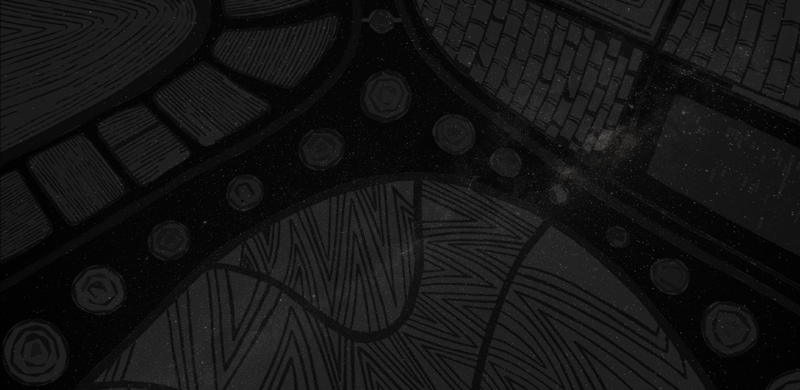This Month marks the 13th anniversary of the United Nations Declaration on the Rights of Indigenous Peoples. The declaration was adopted by the General Assembly on the 13th of September 2007, and establishes a universal framework standards for the survival, dignity and well-being of the Indigenous peoples of the world, elaborating on existing human rights standards and fundamental freedoms as they apply to the specific situation of Indigenous peoples. Ban Ki-Moon, the Secretary General of the United Nations at the time stated “that this marks a historic moment when UN Member States and Indigenous peoples reconciled with their painful histories and resolved to move forward together on the path of human rights, justice and development for all.”
In 2010, the Australian Human Rights Commission published a community guide for the Declaration on the Rights of Indigenous Peoples. You can read it here: https://declaration.humanrights.gov.au/sites/default/files/document/publication/declaration_community_guide.pdf
The below video talks about the 9 key sections of the Declaration and how the rights discussed are implemented in Australia with Aboriginal and Torres Strait Islander People.
The United Nations Declaration, as the Secretary General said, allow progression for Indigenous people. Just last year, the United Nations heard from Dujuan Hoosan, an Aboriginal boy from Arrernte and Garrwa country spoke to the United Nations about incarceration of Indigenous children in Australia.
To celebrate the anniversary, Twitter launched voice tweets in Indigenous languages including Adnyamathanha and Erub Mer to share and raise awareness of Aboriginal languages. The voice tweets are available to listen to through Twitter Australia’s page https://twitter.com/TwitterAU.

